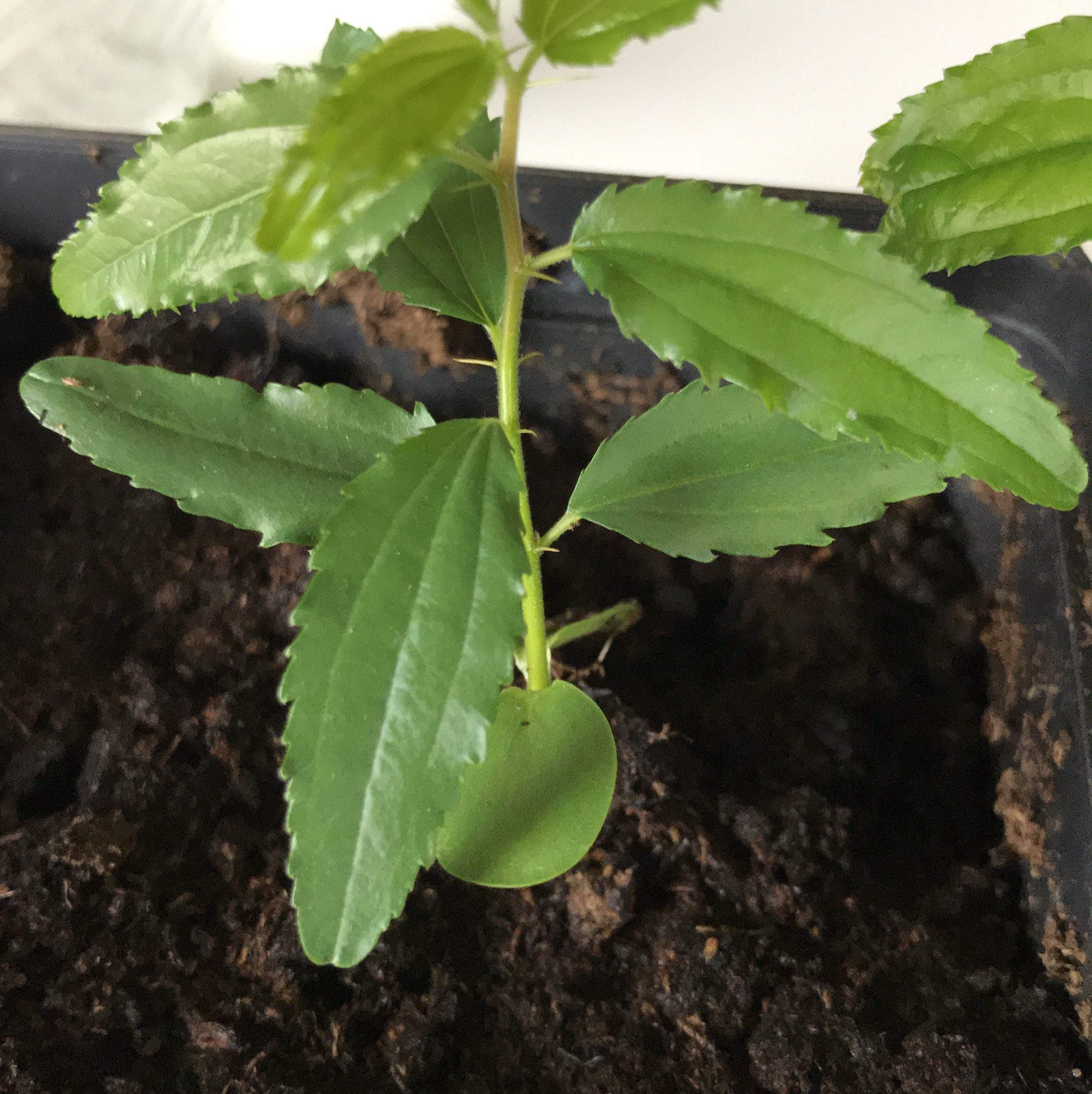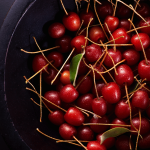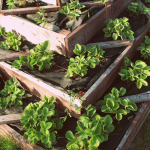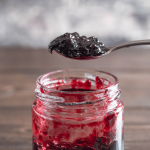Gooseberries Unearthed: Soil Preferences, Cultivation, and More
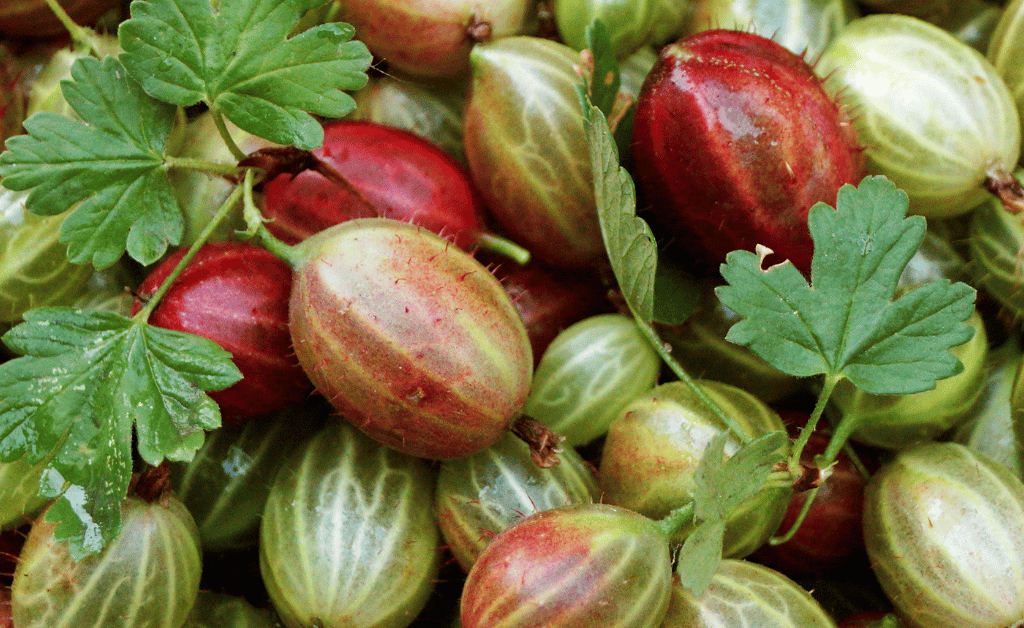
Gooseberries are a topic of interest for many gardeners, especially those who are keen on growing fruit in their backyards. These small, tart fruits are not only delicious but also offer various health benefits. Whether you are a seasoned gardener or a beginner looking to expand your fruit garden, understanding the cultivation and soil preferences of gooseberries can be incredibly beneficial. This article aims to provide comprehensive insights into the cultivation practices and soil types that are most suitable for growing gooseberries.
What Are Gooseberries?
Gooseberries, scientifically known as Ribes uva-crispa (European gooseberry) and Ribes hirtellum (American gooseberry), are small, round to oval-shaped fruits native to Europe, northwestern Africa, and southwestern Asia. Over the years, their cultivation has spread to various parts of the world, including the United States. These fruits come in a variety of colors, including green, yellow, red, and black, and are celebrated for their tart, tangy flavor. They find applications in a wide range of culinary delights, from jams and jellies to desserts, and can also be consumed fresh or used in savory dishes.
Not just a treat for the palate, gooseberries are also nutritionally rich. They contain high levels of vitamin C, fiber, and other essential nutrients, making them a wholesome choice for a balanced diet.
Nutritional Profile of Gooseberries
Gooseberries are not just delicious; they are also packed with nutrients. Below is a table that outlines the nutritional content of gooseberries per 100 grams, based on data from the United States Department of Agriculture (USDA).
| Nutrient | Amount (Metric) | Amount (US Imperial) | % DV* |
|---|---|---|---|
| Calories | 44 kcal | 44 kcal | 2.2% |
| Protein | 0.88 g | 0.03 oz | 1.8% |
| Total Fat | 0.58 g | 0.02 oz | 0.9% |
| Carbohydrates | 10.18 g | 0.36 oz | 3.7% |
| Fiber | 4.3 g | 0.15 oz | 17.2% |
| Sugars | 5.88 g | 0.21 oz | 11.8% |
| Vitamin C | 27.7 mg | 0.00097 oz | 46.2% |
| Calcium | 25 mg | 0.00088 oz | 2.5% |
| Iron | 0.31 mg | 0.00001 oz | 1.7% |
Vitamin C plays a crucial role in the growth, development, and repair of all body tissues. It’s involved in several bodily functions including the formation of collagen, absorption of iron, and maintenance of the immune system.
Gooseberries are also versatile in their usage. They can be consumed fresh, made into jams, jellies, and sauces, or used as an ingredient in various culinary dishes. Their tart flavor and high pectin content make them ideal for both sweet and savory recipes.
Soil Requirements for Cultivating Gooseberries
Assessing Soil Composition and pH
For optimal growth, gooseberries favor well-drained, sandy-loam to loam soils with a slightly acidic pH between 6.0 and 6.5. Conducting a soil test prior to planting can provide valuable insights into the soil’s nutrient levels and pH, allowing for targeted amendments.
Nutrient Management and Organic Amendments
Incorporating organic matter like compost can enhance soil fertility and structure. A balanced 10-10-10 fertilizer, as recommended by Penn State Extension, can be applied in a ring around the plant base during early spring to supply essential nutrients.
Balancing Drainage and Moisture Retention
While gooseberries require well-draining soil to prevent root rot, they also need consistent moisture, particularly during the fruit-bearing stage. Therefore, selecting a soil type that balances both drainage and water retention is crucial.
Gooseberries in Warmer Climates: What You Need to Know
Traditional Climate Preferences of Gooseberries
Gooseberries are generally more suited for colder climates, with high winter hardiness that allows them to withstand temperatures as low as -22 to -31°F, according to Penn State Extension.
Heat Tolerance: An Area for Further Research
Information on the heat tolerance of gooseberries is limited. While they are known for their cold hardiness, their adaptability to warmer climates is less documented.
Strategies for Warm Climate Cultivation
If you reside in a warmer region, consider soil types that excel in moisture retention to help the plants cope with heat. Additionally, providing partial shade during the hottest parts of the day can offer some protection against heat stress.
Watering and Irrigation Practices for Gooseberries
Gooseberries generally require consistent watering, especially during dry spells. However, they are relatively drought-tolerant compared to other fruit bushes. It’s important to water them deeply rather than frequently, allowing the soil to dry out a bit between waterings.
Personal Experience in a Wet, USDA Zone 7 Climate
In our own garden, which is situated in a wet, USDA Zone 7 area, we’ve found that our gooseberries are quite resilient when it comes to water requirements. Apart from the initial planting season, we’ve never had to water our gooseberry bushes. They seem to thrive just fine with the natural rainfall in our area. This has made them a low-maintenance addition to our garden, which is a significant advantage for busy or novice gardeners.
This experience suggests that in wetter climates or areas with regular rainfall, additional watering may not be necessary, making gooseberries an excellent choice for more hands-off gardeners.
Fertilization and Nutrient Management
Timing and Type of Fertilizer
A balanced 10-10-10 fertilizer is generally recommended for gooseberries. The best time to apply fertilizer is in early spring before new growth begins.
Signs of Nutrient Deficiency
Yellowing leaves or poor fruit development can be signs of nutrient deficiency. Soil tests can help identify which nutrients are lacking.
Pest and Disease Management for Gooseberries
Common Pests Affecting Gooseberries
Aphids, spider mites, and sawflies are some of the common pests that can affect gooseberries. Insecticidal soaps or neem oil can be effective treatments.
Diseases to Watch Out For
Powdery mildew and leaf spot are common diseases that can affect gooseberries. Proper spacing and pruning can help improve air circulation and reduce disease incidence.
Pruning and Training Gooseberries
Pruning is crucial for maintaining the health and productivity of gooseberry bushes. It helps to remove dead or diseased wood and opens up the plant to better light and air circulation.
Late winter or early spring is the best time for pruning. Make sure to remove inward-growing branches to improve air circulation.
Harvesting and Storing Gooseberries
When to Harvest Gooseberries
The best time to harvest gooseberries is when they are fully colored but still firm. Taste a few to ensure they are at the desired level of sweetness.
The Surprising Benefits of Late Harvesting: A Personal Experience
Last year, one of our gooseberry bushes was overgrown by wild raspberries. We didn’t get around to harvesting it until very late in the season. When we finally did, the gooseberries were a deep blue color. Initially, I thought they must be overripe given how late it was, but I was pleasantly surprised. These late-season gooseberries were incredibly sweet, unlike any I had tasted before. This experience has led us to consider the benefits of late harvesting, and we plan to intentionally harvest some of our gooseberries later in the season from now on.
How to Store Gooseberries for Extended Freshness
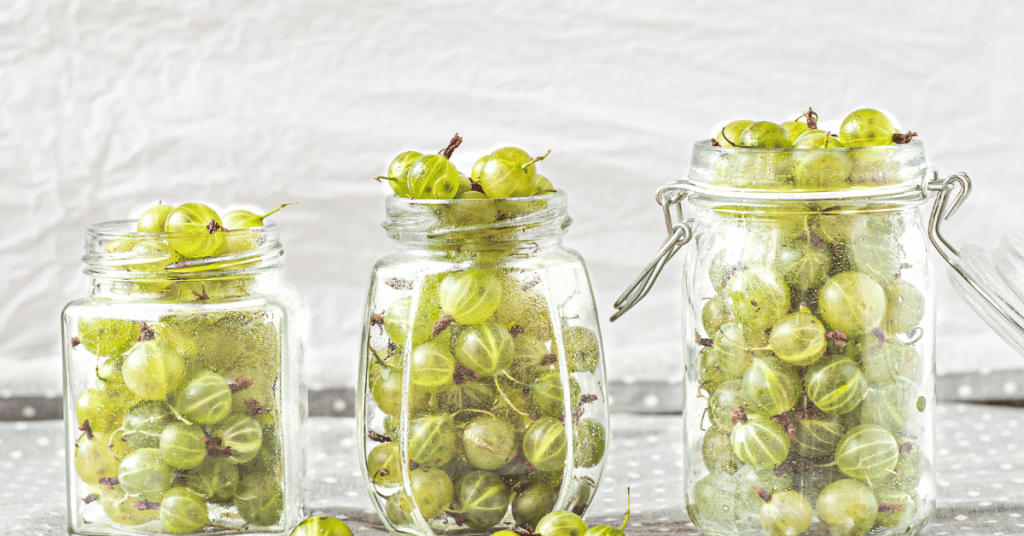
Refrigeration: The Quick and Easy Method
One of the simplest ways to store gooseberries is to place them in the refrigerator. This method can keep them fresh for up to two weeks. Simply put the unwashed berries in a plastic bag or a container with a lid and store them in the crisper drawer of your fridge. Washing them before refrigeration can lead to mold growth due to excess moisture.
Freezing: For Long-Term Storage
If you’re looking to store your gooseberries for an extended period, freezing is an excellent option. To freeze gooseberries, wash them thoroughly and pat them dry. Remove the stems and tails, then spread the berries in a single layer on a baking sheet. Place the sheet in the freezer until the berries are fully frozen. Once frozen, transfer them to a zip-top bag or an airtight container and store in the freezer. This method can keep your gooseberries fresh for up to a year.
Canning: Preserving the Old-Fashioned Way
Canning is another effective method for long-term storage of gooseberries. This process involves placing the cleaned and prepared berries in sterilized jars, covering them with syrup or water, and then sealing and boiling the jars to kill any bacteria. Canned gooseberries can last for up to a year when stored in a cool, dark place.
Drying: For a Different Texture
Drying gooseberries can offer a unique texture and concentrated flavor. You can use a food dehydrator or an oven set at a low temperature to dry the berries. Once dried, store them in an airtight container in a cool, dark place. They can be rehydrated for use in recipes or eaten as-is for a tart snack.
Companion Planting with Gooseberries
Beneficial Companion Plants
Plants like tansy and garlic can help repel some of the common pests that affect gooseberries.
Plants to Avoid
Avoid planting gooseberries near pine trees as they can be hosts for white pine blister rust, a disease that can also affect gooseberries.
Conclusion: Cultivating Gooseberries for a Sustainable Garden
Gooseberries are a versatile and resilient fruit that can be a valuable addition to any garden. From their nutritional benefits to their relatively low maintenance requirements, they offer a range of advantages for both novice and experienced gardeners. Whether you’re interested in their tart flavor for culinary uses or their ornamental value, understanding their cultivation requirements is key to a successful harvest.
Our personal experiences have shown that gooseberries can adapt to various soil types and climates, including wetter USDA Zone 7 areas. The key is to pay attention to their specific needs, such as soil pH and watering, to ensure a healthy and productive bush. Late-season harvesting can even yield surprisingly sweet fruit, as we’ve discovered in our own garden.
By incorporating gooseberries into your sustainable gardening practices, you not only enrich your diet but also contribute to a more eco-friendly and resilient local ecosystem.
Further Reading: Explore Other Berry Varieties
If you found this guide on growing and caring for gooseberries helpful, you might also be interested in learning about another versatile berry: the Goumi berry. Discover how to cultivate Goumi berries in Scandinavia and enjoy both their nitrogen-fixing properties and delicious fruit. Read more about Goumi berries here.
Dive Deeper into the World of Scandinavian Fruits and Berries
If you’ve found our comprehensive guide on gooseberries insightful, particularly in understanding their soil preferences and cultivation techniques, you’ll certainly appreciate our Top 10 Berries and Fruits for Scandinavian Gardens: A Comprehensive Guide.
This guide is designed to further your knowledge and offer a broader spectrum of fruits and berries that can thrive in your Scandinavian garden.
Why This Guide is Your Next Logical Step:
- Soil Compatibility: Learn about other fruits and berries that share similar soil preferences with gooseberries, allowing for a more cohesive garden plan.
- Sustainable Practices: Expand your understanding of eco-friendly cultivation methods that align with your sustainable gardening goals.
- Climate Adaptability: Discover fruits and berries that are well-suited for various climate conditions, including those that are adaptable to both colder and warmer climates.
Don’t miss the chance to deepen your understanding and skills in sustainable fruit and berry gardening. Read the Comprehensive Guide Now.

